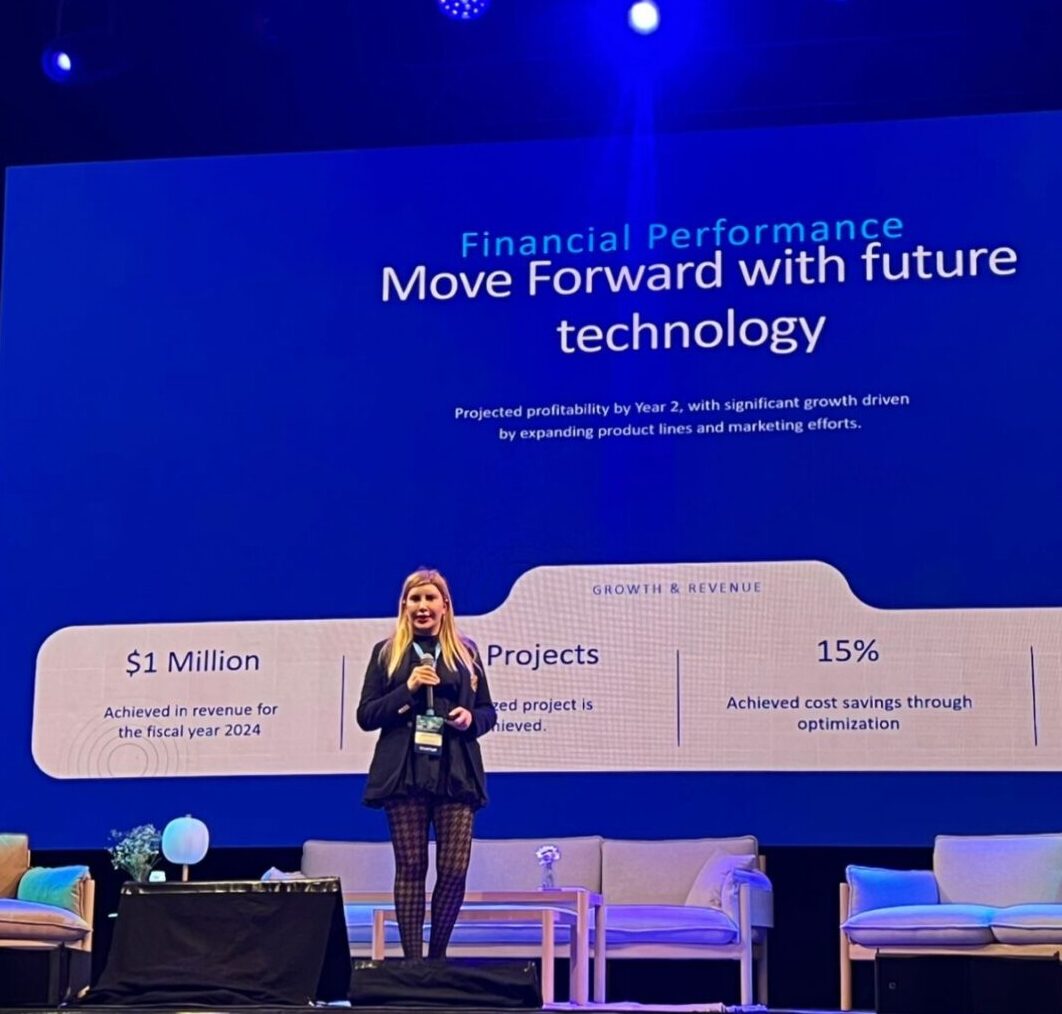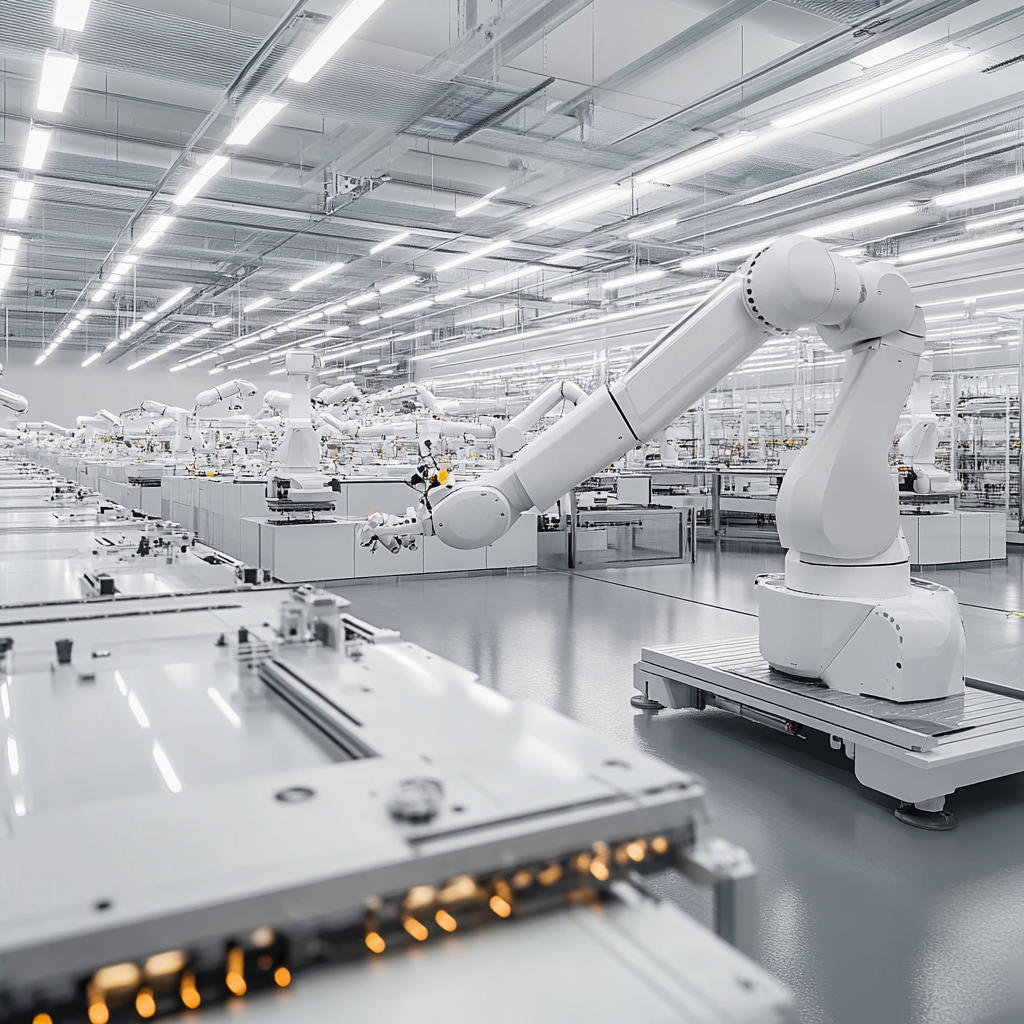As we advance deeper into the era of Industry 4.0, the integration of robotics and automation technologies is poised to redefine manufacturing landscapes globally. The evolution of robots manufacture from isolated industrial units to collaborative, intelligent systems marks a pivotal shift in how factories operate. Here’s an in-depth look at how robots are set to transform future factories and production processes.
1. Rise of Collaborative Robotics
Collaborative robots, or cobots, are leading the charge in the automation revolution. Unlike traditional industrial robots that work in isolated cages, cobots are designed to work alongside human workers, enhancing both safety and productivity. Equipped with advanced sensors and AI-driven control systems, these robots can detect human presence and adjust their actions accordingly, ensuring seamless and safe collaboration on the factory floor.
Cobots are particularly beneficial for automating repetitive and physically demanding tasks, allowing human workers to focus on more complex, value-added activities. This shift not only improves operational efficiency but also enhances product quality by reducing human error. Moreover, cobots are highly flexible and can be easily reprogrammed to perform a variety of tasks, making them an adaptable solution in a rapidly changing market environment.
2. Autonomous Mobile Robots and Robotics Process Automation
Autonomous Mobile Robots (AMRs) and Robotics Process Automation (RPA) are other key innovations shaping modern factories. Unlike traditional Automated Guided Vehicles (AGVs), which require fixed pathways, AMRs can dynamically navigate the factory floor, optimizing material transport and inventory management. This flexibility reduces bottlenecks and improves overall efficiency.
RPA, on the other hand, automates repetitive and rule-based tasks such as data entry, order processing, and inventory management. By handling these routine processes, RPA allows human workers to dedicate more time to strategic and decision-making roles, ultimately enhancing productivity and reducing operational costs.
3. Smart Factories and the Industrial Internet of Things (IIoT)
The integration of the Industrial Internet of Things (IIoT) is transforming traditional factories into smart factories. IIoT connects machines, systems, and people, creating an intelligent manufacturing environment where real-time data analytics drive decision-making. Sensors embedded in machinery monitor performance, predict maintenance needs, and optimize production in real-time, reducing downtime and improving efficiency.
Smart factories also employ digital twins—virtual replicas of physical processes and systems—that allow manufacturers to test and refine production strategies before implementation. This predictive capability helps in identifying bottlenecks, optimizing workflows, and ensuring that production processes are as efficient as possible.
(Automate)
4. Advanced Robotics and AI Integration
The convergence of AI with robotics is pushing the boundaries of what’s possible in manufacturing. Edge AI, which processes data locally rather than relying on cloud computing, is making factories more responsive. By analyzing data at the source, robots can make split-second decisions, adjusting processes to optimize production flow.
Moreover, AI-powered systems are transforming maintenance protocols. Machines are becoming self-healing and self-learning, detecting and rectifying errors without human intervention. This reduces the need for costly downtime and ensures continuous, optimized production.
5. Sustainability and Green Manufacturing
As environmental concerns grow, automation technologies are playing a crucial role in driving sustainable manufacturing. AI and robotics enable energy-efficient operations, reducing waste through precise production processes and enhanced resource management. Advanced quality control systems identify defects early, minimizing material waste and production inefficiencies.
Automation also supports the circular economy by facilitating the reuse, refurbishment, and recycling of products and materials. Robots equipped with AI can efficiently sort materials for recycling, automate disassembly processes, and contribute to greener manufacturing practices, aligning with global sustainability goals.
(Singh Automation, Bain ).
6. Reshoring and Nearshoring of Production
The rise of AI-driven automation is making local production more feasible and cost-effective, leading to trends in reshoring and nearshoring. These strategies involve bringing manufacturing operations closer to the consumer market, enhancing control over production, and reducing the logistical complexities associated with offshore outsourcing. By improving productivity and reducing labor costs, robots are key enablers of this shift, allowing manufacturers to respond more rapidly to market demands.
7. The Future of Production Systems
The future of manufacturing will be characterized by highly integrated, flexible, and sustainable production systems. Manufacturers who fully integrate digital and automation technologies into their operations will not only enhance productivity but also meet evolving customer expectations for speed, customization, and quality. The next-generation factory will be a dynamic ecosystem where AI-driven robots, smart systems, and human ingenuity work in harmony to redefine the boundaries of industrial production.
Conclusion
The impact of robotics on manufacturing is profound, heralding a new era of highly efficient, flexible, and sustainable production. By leveraging the power of collaborative robots, autonomous systems, and AI-driven automation, future factories will be able to meet the demands of a rapidly evolving market while minimizing their environmental footprint. As these technologies continue to develop, the manufacturing industry will find itself on the cusp of unprecedented innovation and transformation.
This integration of robotics into the manufacturing process is not just about replacing human labor but enhancing human potential, optimizing resources, manufacturing processes and creating a more resilient and adaptive production ecosystem that will define the factories of the future.






